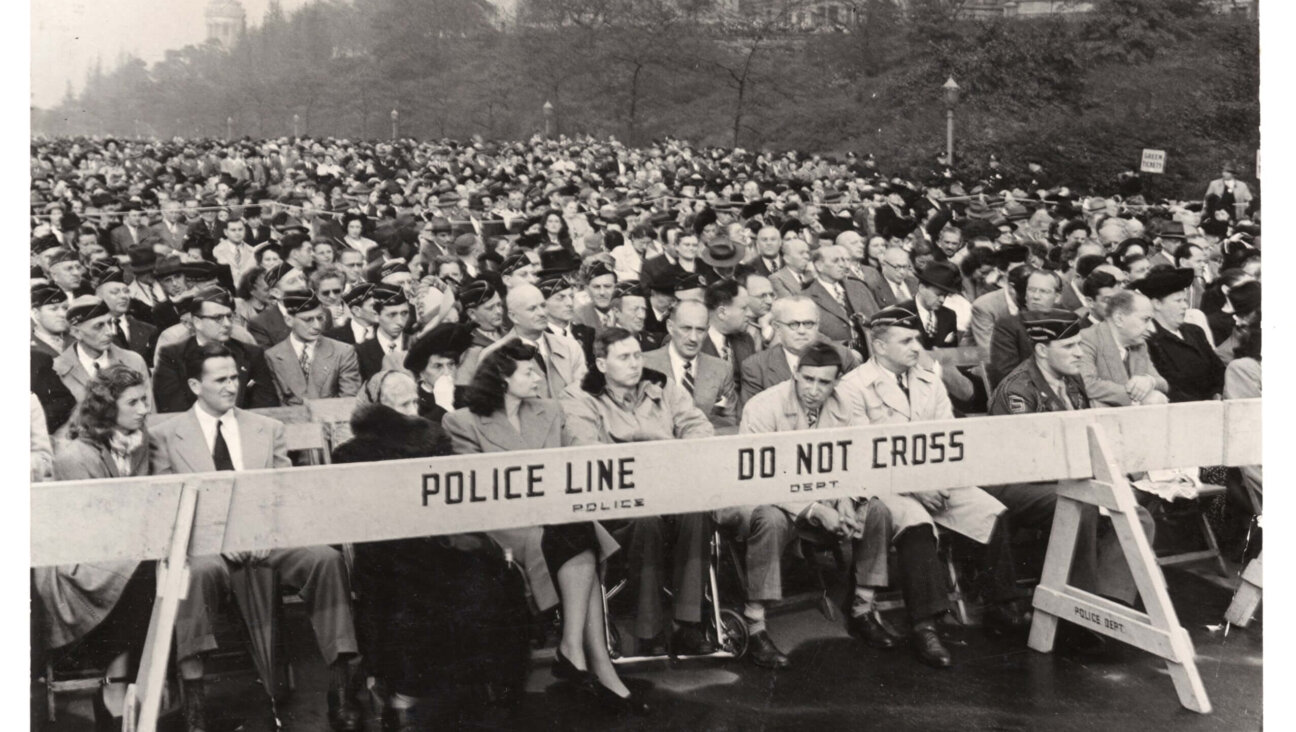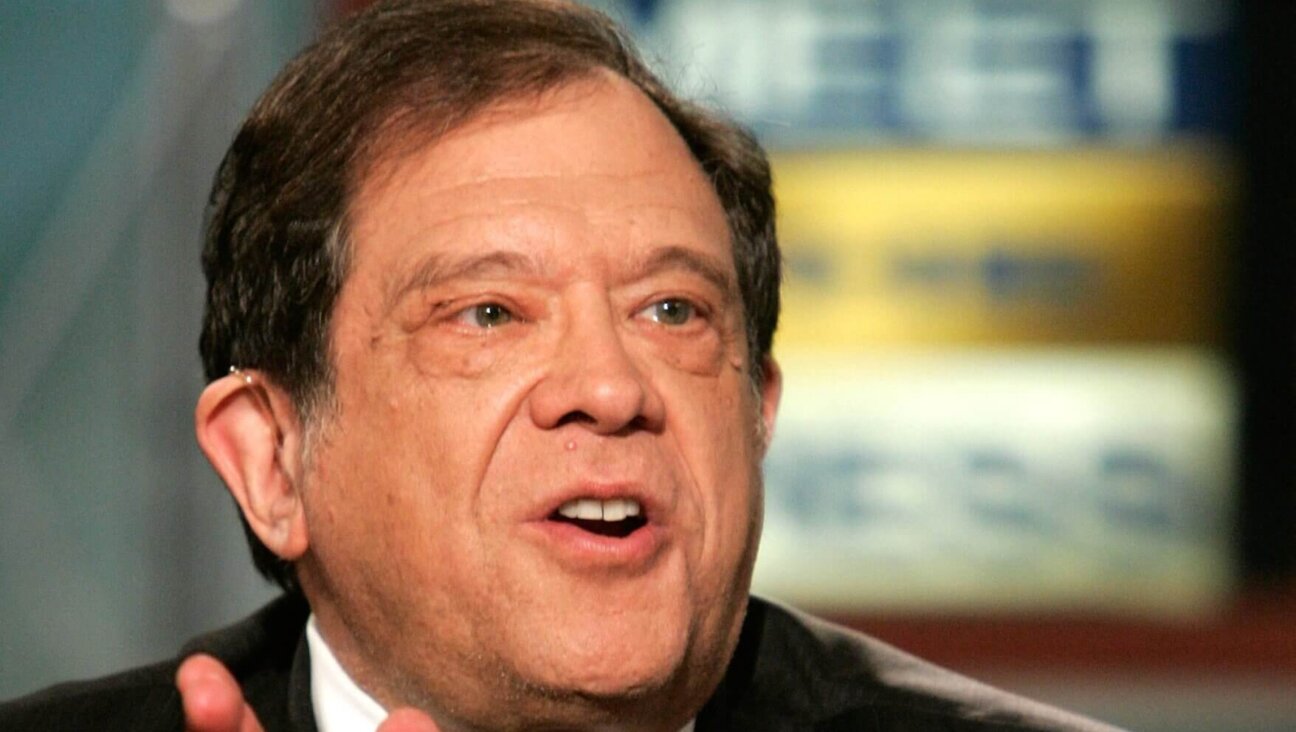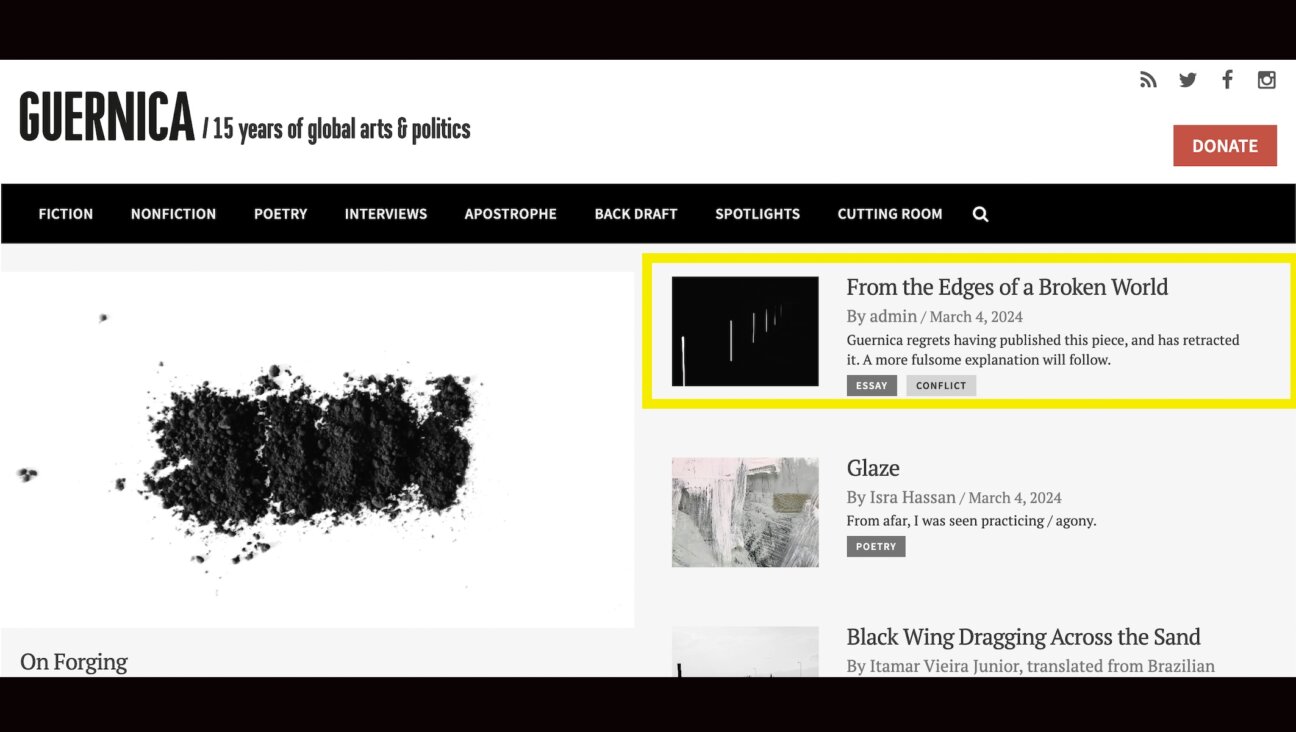And This Is How We Shall Kill You

Pondering an Unimaginable Future: Grigoris Balakian as a theology student at the University of Berlin in 1914, where ?Armenian Golgotha? begins. Image by COURTESY Of KNOPF
Armenian Golgotha: A Memoir of the Armenian Genocide, 1915-1918 (Vol. 1 & Vol. 2)
By Grigoris Balakian
Translated by Peter Balakian with Aris Sevag
Knopf, 509 pages, $35.00.
Before we learned to say “never again” came our silence. The unheralded attempt to obliterate the Armenians in the Ottoman Empire ushered in the 20th century: a century of genocide.
The belated appearance in English of Bishop Grigoris Balakian’s groundbreaking testimony “Armenian Golgotha” (first published privately in Armenian in 1922) means that the reader is confronted with scenes that are today grotesquely familiar: death marches, macabre killings, rape and torture, all directed at a specific ethno-national group. As Peter Balakian (the bishop’s great-nephew) writes in his introduction, the book is not a scholarly history of the genocide but documents the “social and political process” in a way that may be unprecedented for survivor memoires of this genocide.

Pondering an Unimaginable Future: Grigoris Balakian as a theology student at the University of Berlin in 1914, where ?Armenian Golgotha? begins. Image by COURTESY Of KNOPF
In 1918, Grigoris Balakian, a survivor of the atrocities, did not have the word “genocide” at his disposal to describe the actions he’d witnessed. He wrote the two-volume memoir (covering the period of 1915 through 1918) decades before the word appeared in our lexicon. A year before Balakian died in 1934, Raphaël Lemkin, the brilliant Polish-Jewish jurist, attempted to outlaw what he termed “acts of barbarity” and “acts of vandalism.” By the time the word came into print, through Lemkin’s seminal 1944 work, “Axis Rule in Occupied Europe: Laws of Occupation, Analysis of Government, Proposals for Redress,” the two terms had coalesced (around the idea of intentionality) into one term — “genocide.”
Balakian and Lemkin’s paths never crossed; however, the historic trial of Soghomon Tehlirian affected both men deeply. Tehlirian assassinated Talaat Pasha — an instigator of the Armenian Genocide — and his trial, along with Balakian’s presence at the trial “to prove the fact of the Armenian massacres,” sparked Lemkin’s questioning of a legal system that tries one person for murder but leaves mass atrocity unpunished.
Both writers spent at least the second half of their lives driven by the deep conviction that genocide against religious, ethnic or national groups must be made visible. Both believed in the power of witness and testimony of genocide. Lemkin, a Holocaust survivor, had also written a memoir, but did not complete it before his death. In it, Lemkin shows how deeply his studies of the Armenian Genocide colored his description of the atrocities of occupied Europe. He writes that the Armenian Genocide is an event that demonstrates “definite intent of total destruction.” It is “intent,” not destruction alone, that differentiates genocide from other human rights crimes.
For Peter Balakian (poet, memoirist and professor of English at Colgate University), here translating with the help of Aris Sevag (a writer, translator and editor), the singularity of “Armenian Golgotha” resides in the work’s comprehensive historical information regarding the Ittihad government’s intent to destroy the Armenians living in the Ottoman Empire. The bishop was able to survive and record the intimate details of an empire bent on a genocide, which, by 1920, had killed 1.5 million Armenians. Not unlike the Holocaust, this was a genocide committed by a government as a pretext to war, with its fair share of deniers, including the present-day Turkish state.
Grigoris Balakian had a privileged position as a *vartebed *(celibate priest) in the Armenian community before the genocide, and the respect and leadership continued after 1915, as Armenian deportees relied on him for information, prayer, physical and spiritual survival, and even bribes from Turkish officials in exchange for shelter, food and life. Although Balakian was condemned to death, his position as a mediator between the Turks and Armenians meant that he had to strike a balance between responsibility for his compatriots and accommodation with the Turks, a responsibility that the bishop often reports as overwhelming. After the genocide, and notwithstanding the evident pain of reliving past horrors by retelling them, Balakian honors his pledge to document all he has heard, seen and experienced.
Balakian’s memoir, of course, is harrowing. Page after page, Balakian describes the intimacy of the genocide, conducted with axes, cleavers and knives, indeed any implement the killers could find. Despite the explicit nature of Balakian’s testimony, he still feels that the graphic scenes he witnessed cannot be fully represented in writing: “It is impossible to imagine, let alone write about, such a crime or drama in full detail; to have an imagination that powerful requires the special inner capacities of criminals.” As an intellectual influenced by the enlightenment ideas of his era, Balakian has a writing style that is often florid, but it is also strained by the trauma he attempts to convey.
Balakian has no interest in understanding the minds of the perpetrators — not the government, not the police, not the criminals who were released from jail in order to execute the genocide. One of the most extraordinary passages in the book describes Balakian’s death march to the desert, accompanied by Captain Shukri of the Yozgat police, who bluntly confides the strategies of the genocide to Balakian. During this march, Balakian’s only interest in eliciting information about the genocide from the outspoken criminal is so that he can, if he should survive, report the captain’s crimes and testimony.
As if deliberately foreshadowing later atrocities, Shukri, who had “overseen the deaths of 42,000 Armenians,” often used the word *paklayalum *(cleanse) to describe the massacres. Long before the Nazis used the rhetoric of pest extermination, or Slobodan MiloševiŤ first popularized the term “ethnic cleansing” for alleged actions against Serbs in Kosovo, Balakian’s perpetrators used the euphemism “cleanse” to explain the torture and intended destruction of an ethnic minority.
Many eyewitness accounts of genocide are understandably concerned with individual suffering. In a self-abnegating act of imagination, Balakian’s memoir, at least for the first of the two volumes, concentrates on the suffering of the group. Genocide is a crime targeted toward intended group destruction, and “Armenian Golgotha” is replete with narratives that focus on collective suffering, marking this memoir as one of the few to explicate the true nature of the crime.
Testimony is strong armor against denial. Memory is always selective — as, indeed, is rigorous historical research — but to question the minute details of the eyewitness and victim is to slip dangerously down the precipice of denial. Balakian’s memory is extraordinary, but so, too, are his intellect, his compassion and his ethical obligation to immortalize his beloved co-nationals, who, as Balakian outlines, suffered incomprehensible tortures. History lives through being told and retold.
At the beginning of the 21st century, with Darfur still in the news, it is sobering to read a memoir about the first modern genocide of the 20th century that details the components of intended group destruction in all its complexity. The intended annihilation of a group that motivated Lemkin to name genocide and ensure the crime would be outlawed on the international stage forces us to remember, and act on, our cry of “never again.”
Donna-Lee Frieze is a research fellow and genocide studies scholar at Deakin University in Melbourne, Australia.

I hope you appreciated this article. Before you go, I’d like to ask you to please support the Forward’s award-winning journalism this Passover.
In this age of misinformation, our work is needed like never before. We report on the news that matters most to American Jews, driven by truth, not ideology.
At a time when newsrooms are closing or cutting back, the Forward has removed its paywall. That means for the first time in our 126-year history, Forward journalism is free to everyone, everywhere. With an ongoing war, rising antisemitism, and a flood of disinformation that may affect the upcoming election, we believe that free and open access to Jewish journalism is imperative.
Readers like you make it all possible. Right now, we’re in the middle of our Passover Pledge Drive and we need 500 people to step up and make a gift to sustain our trustworthy, independent journalism.
Make a gift of any size and become a Forward member today. You’ll support our mission to tell the American Jewish story fully and fairly.
— Rachel Fishman Feddersen, Publisher and CEO
Join our mission to tell the Jewish story fully and fairly.
Our Goal: 500 gifts during our Passover Pledge Drive!























